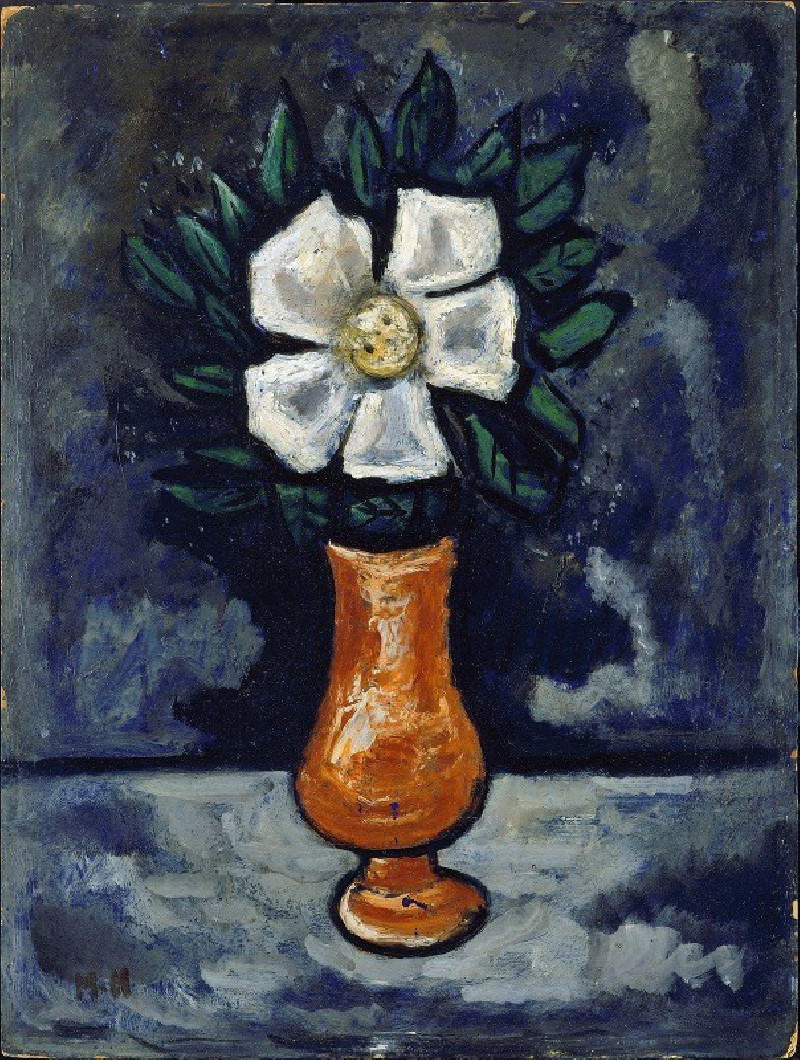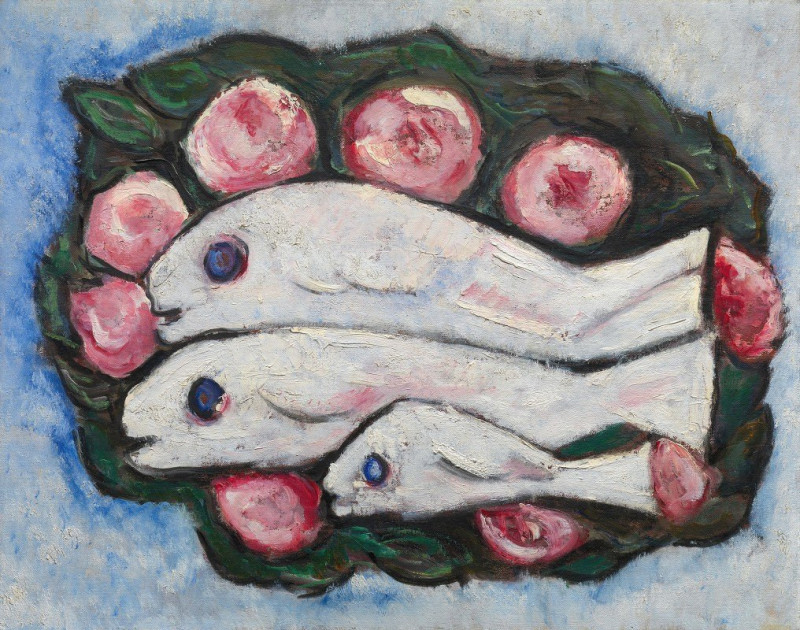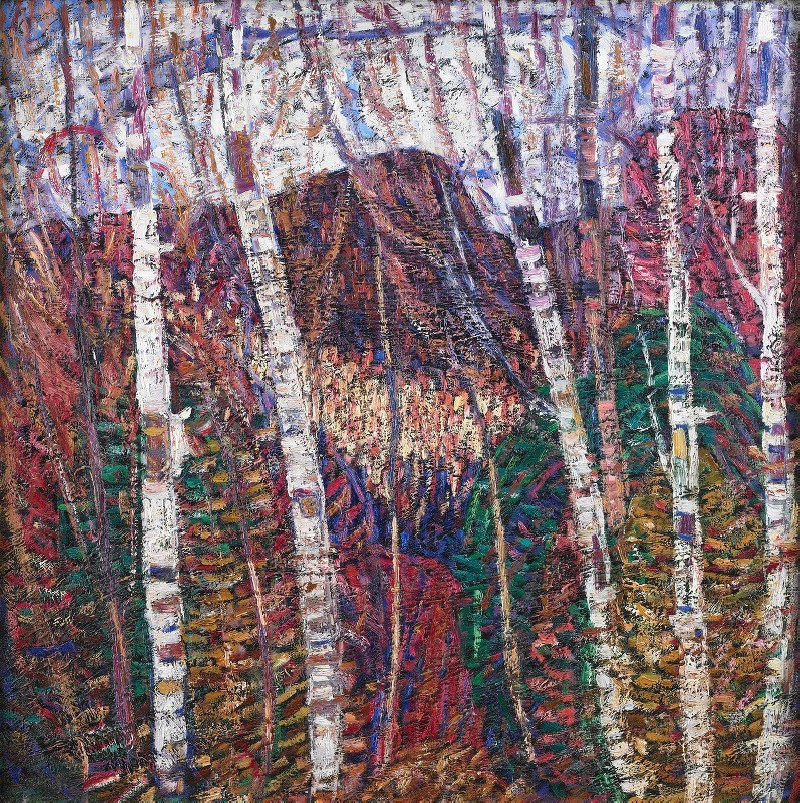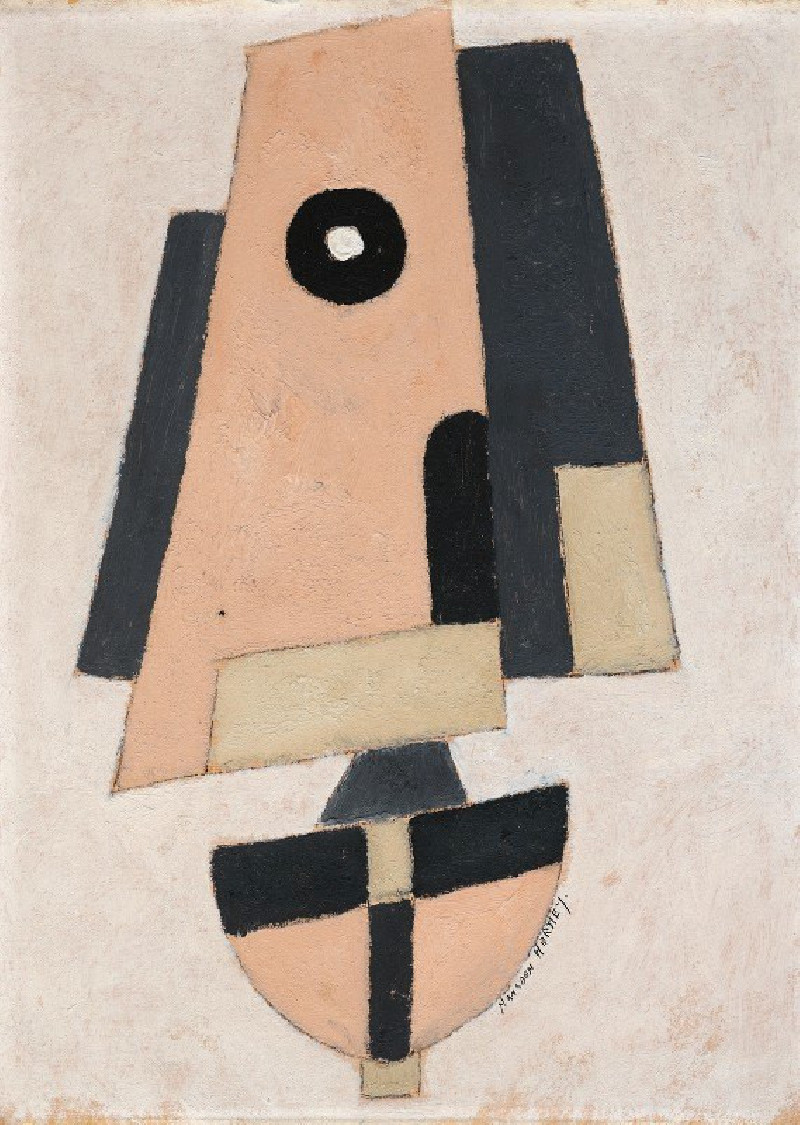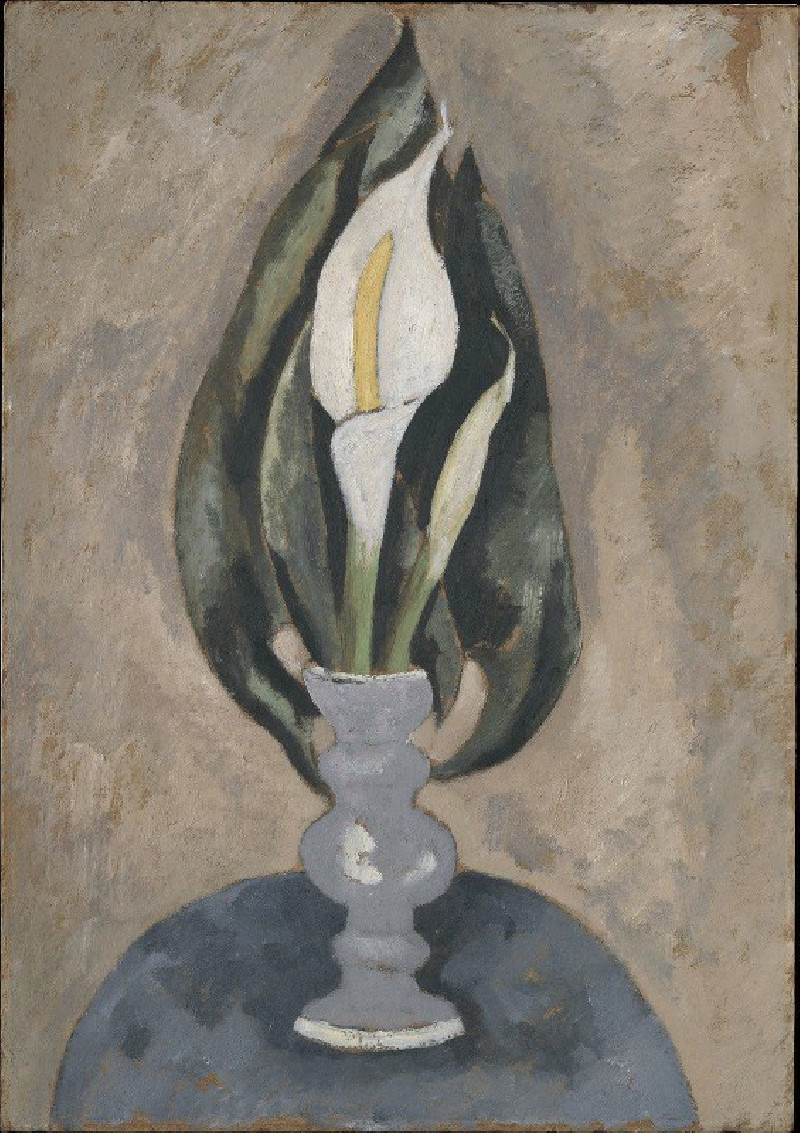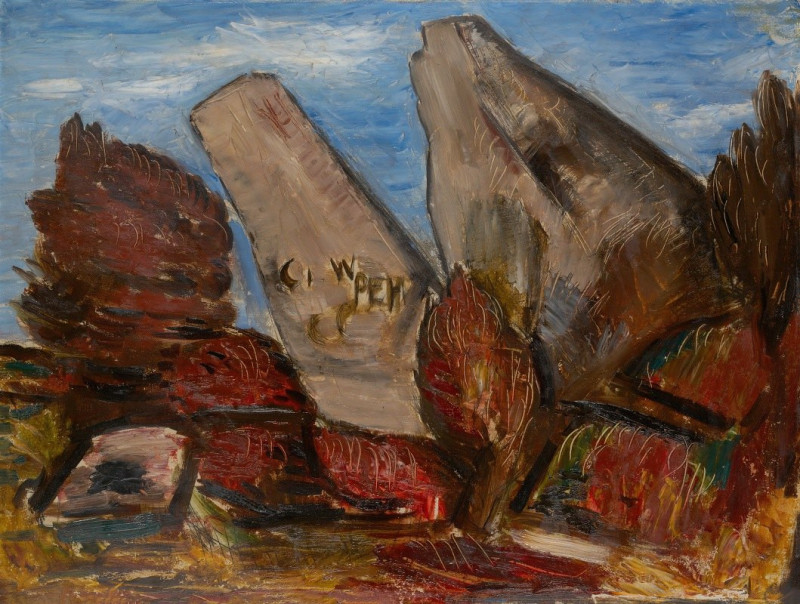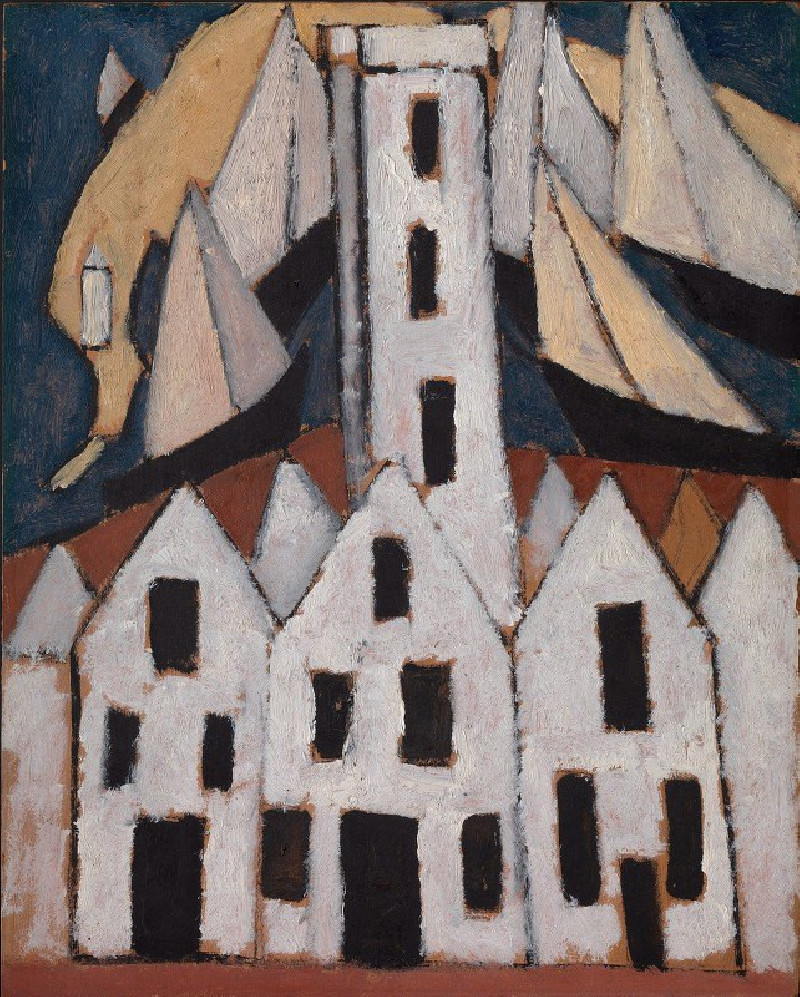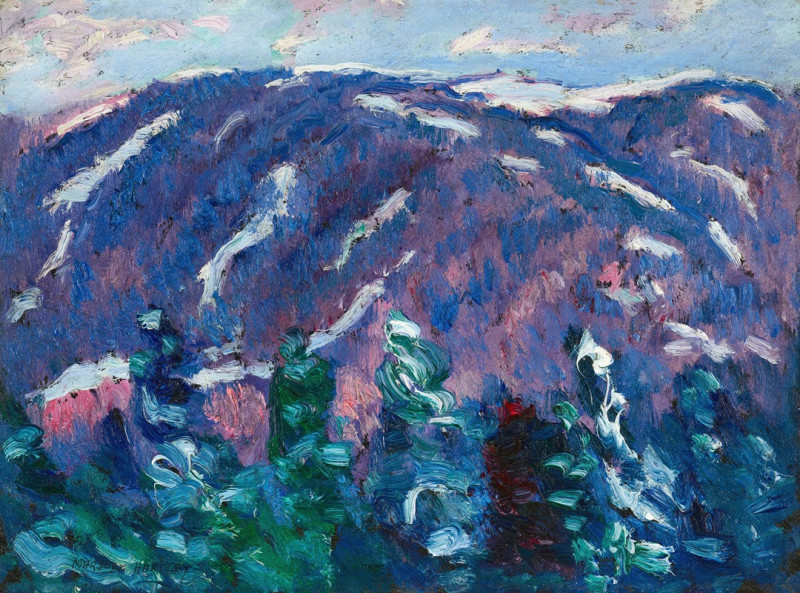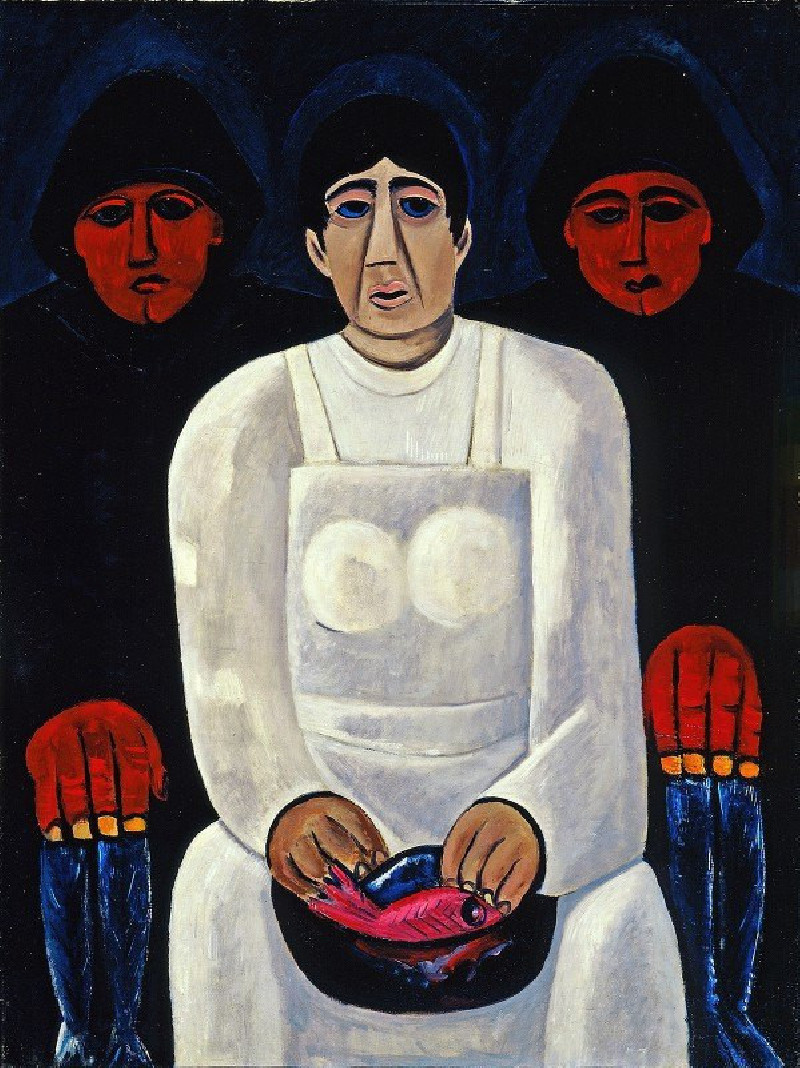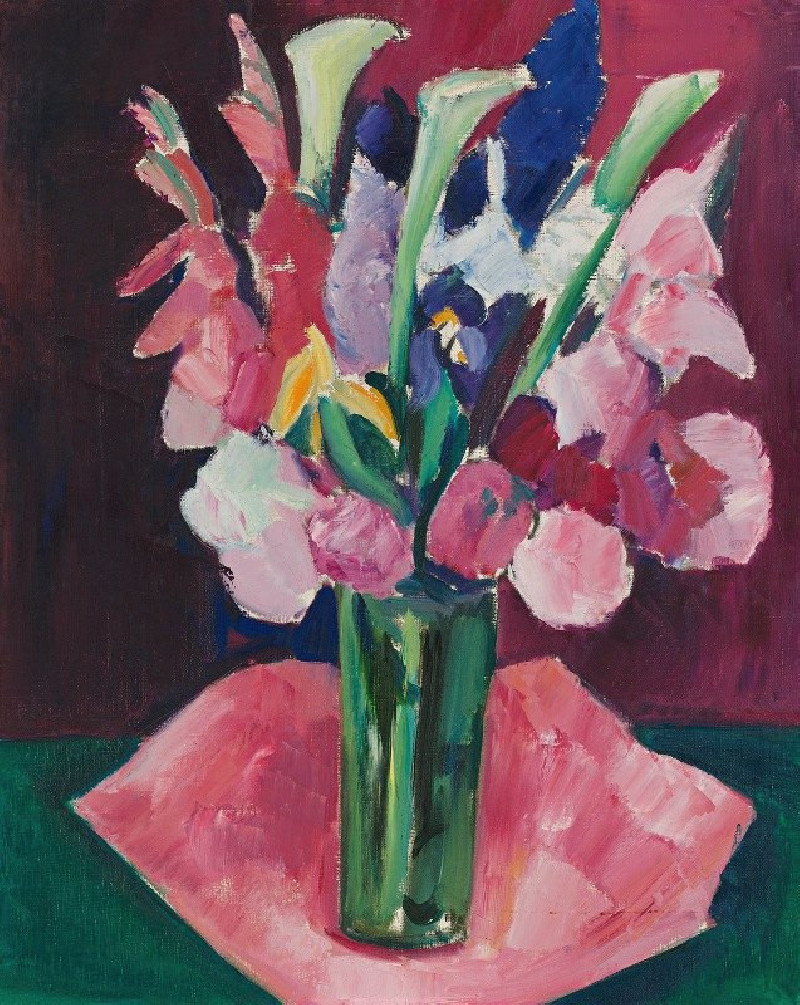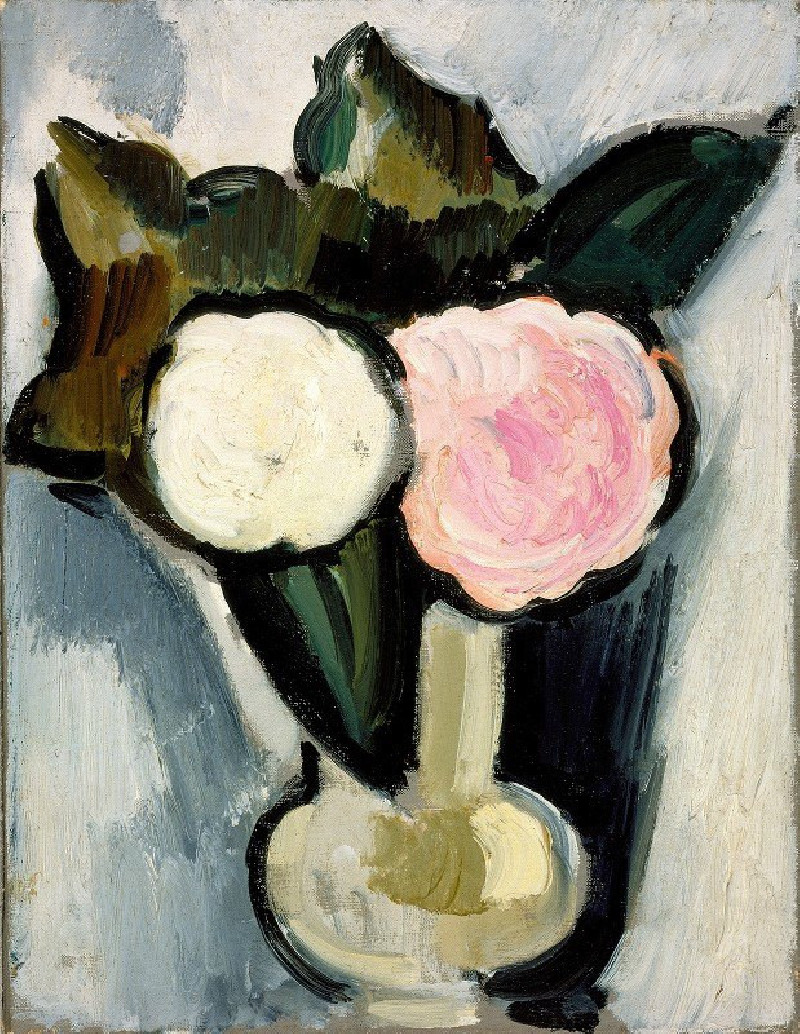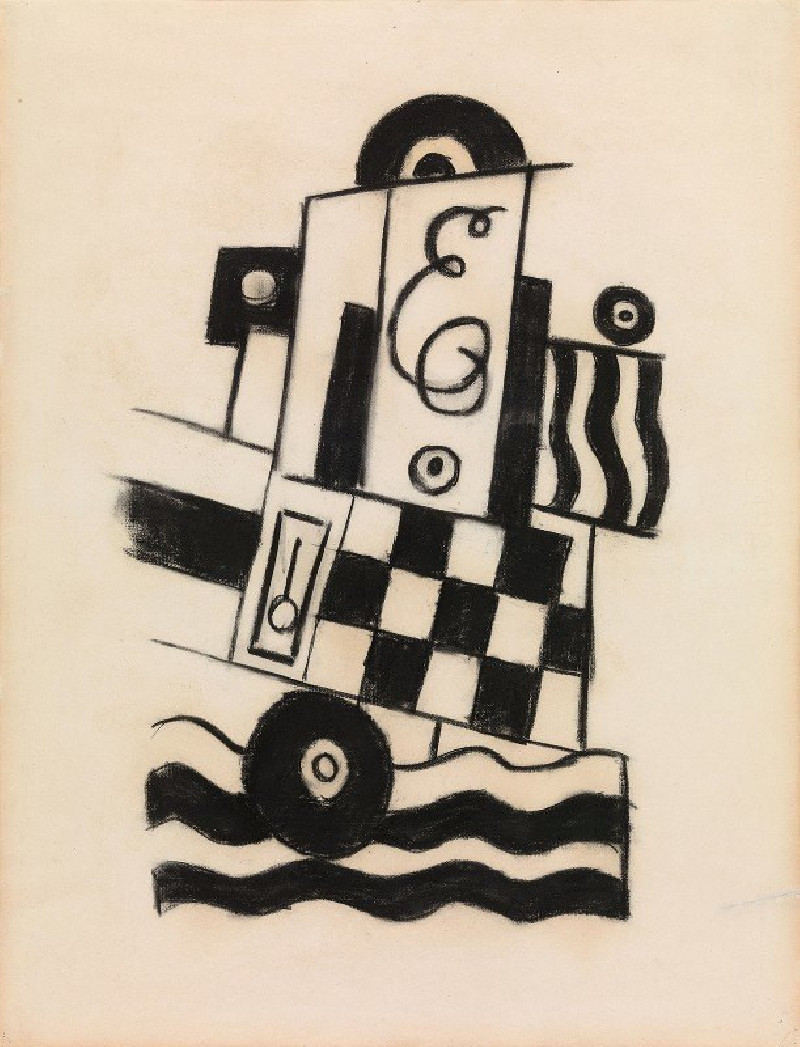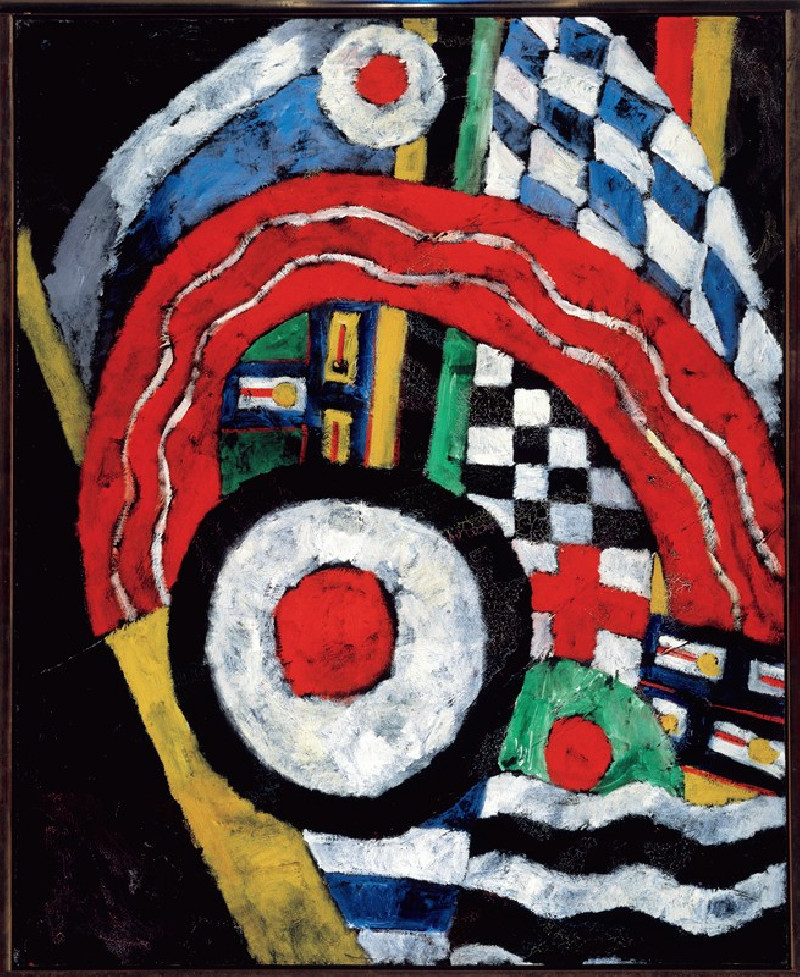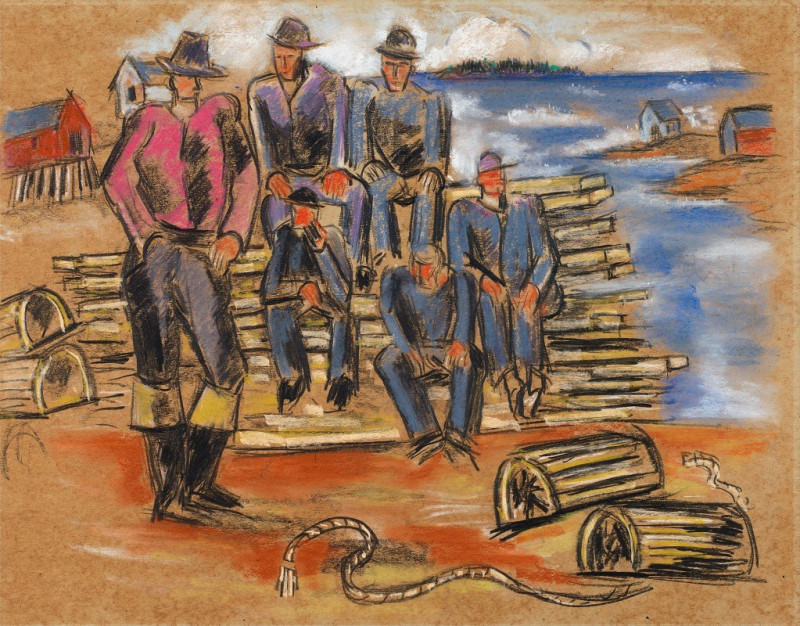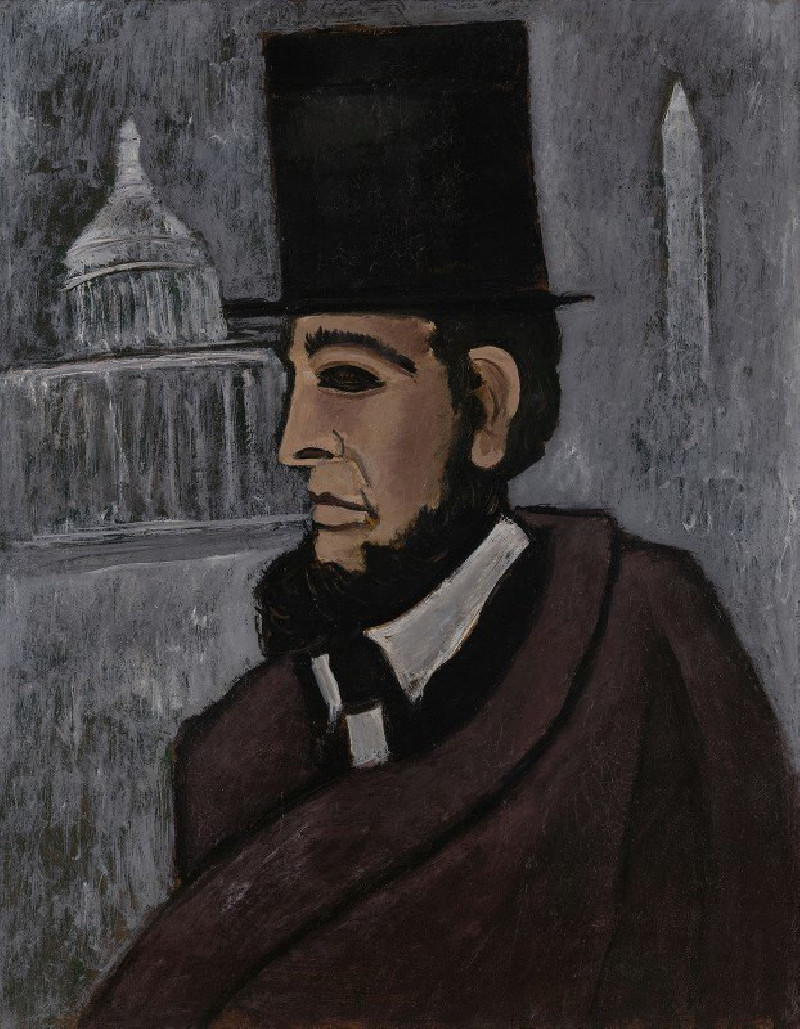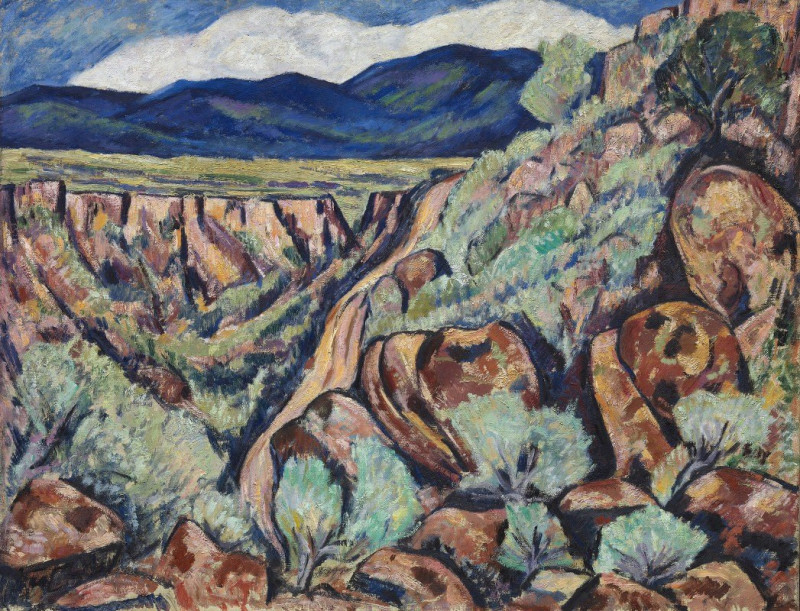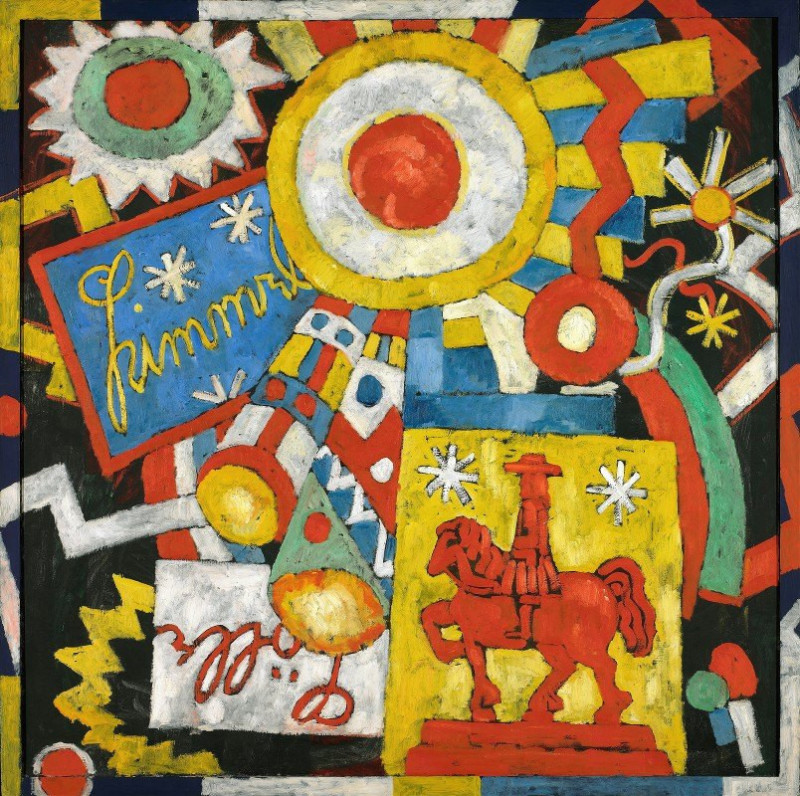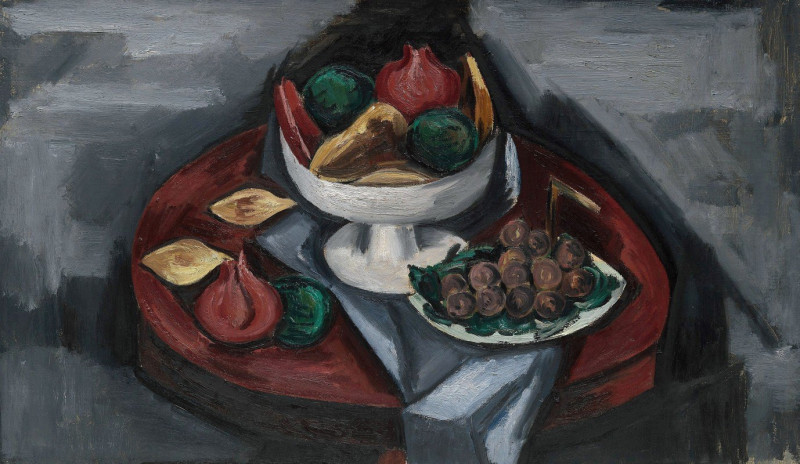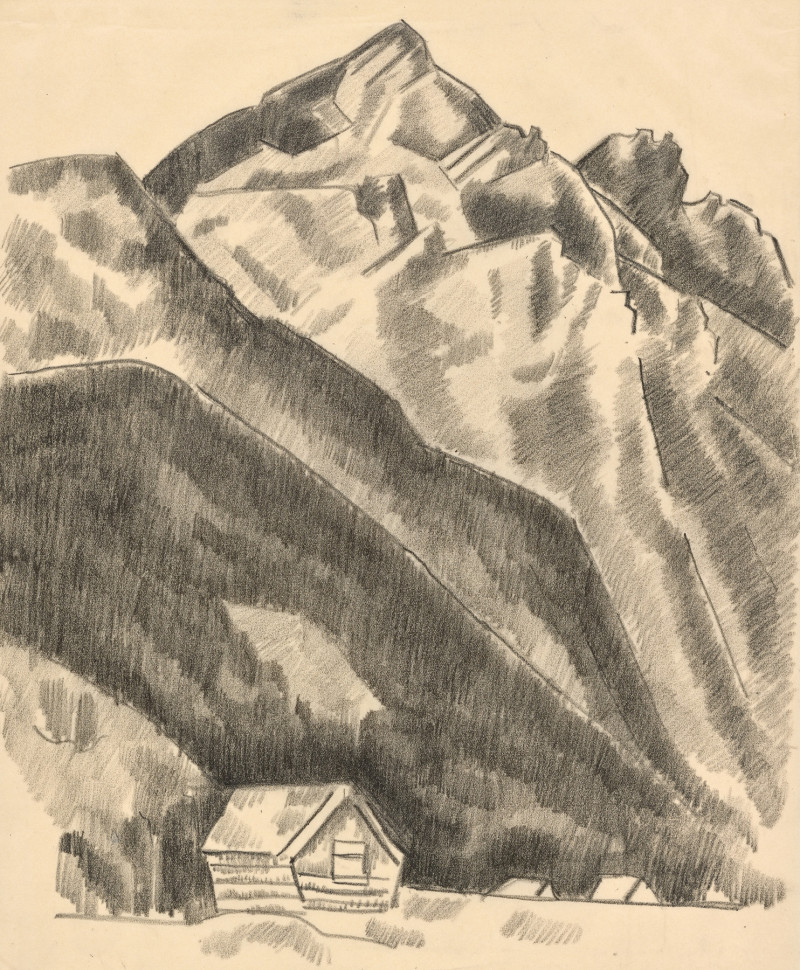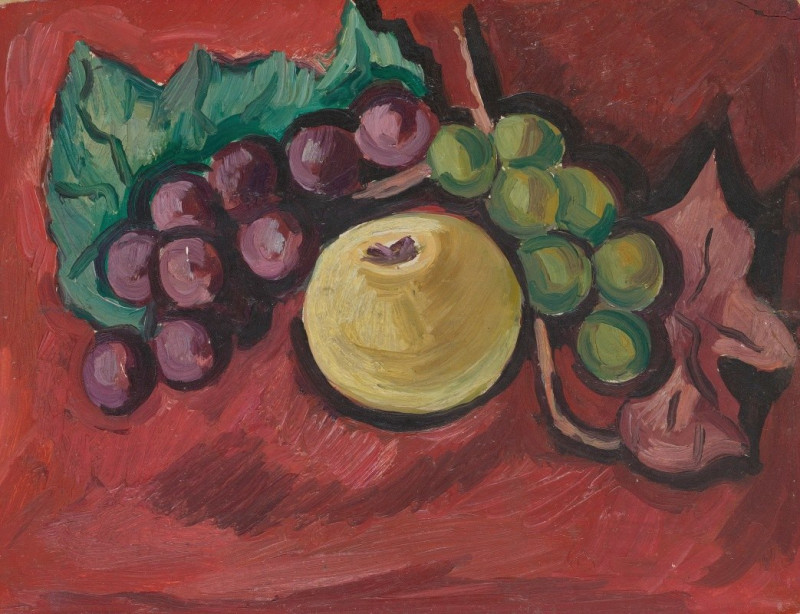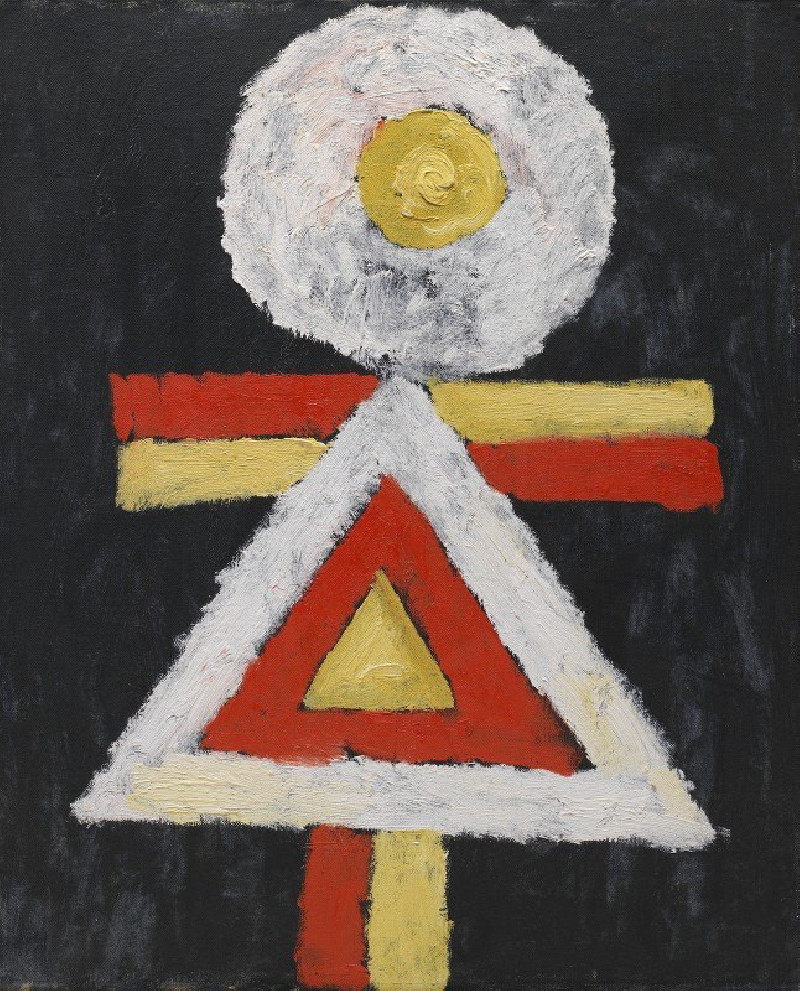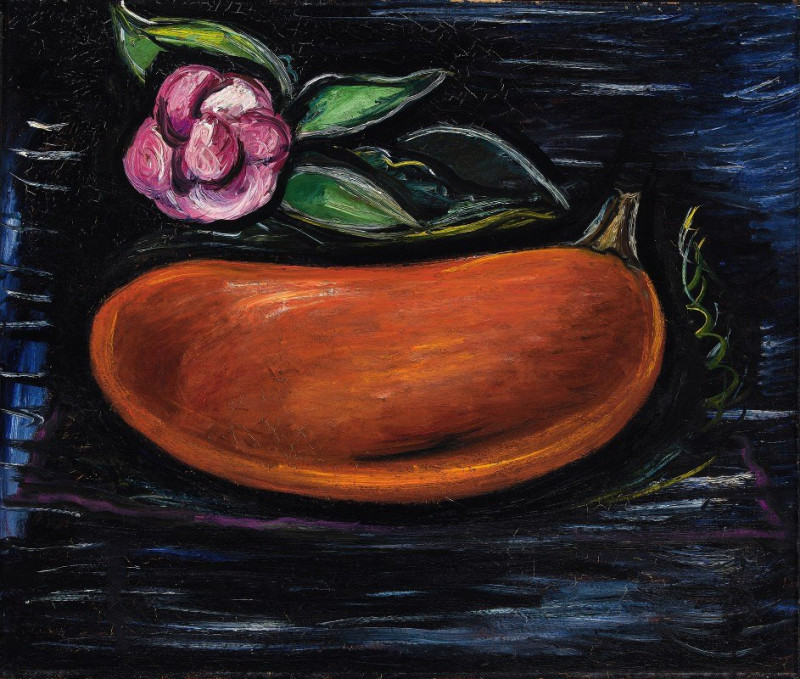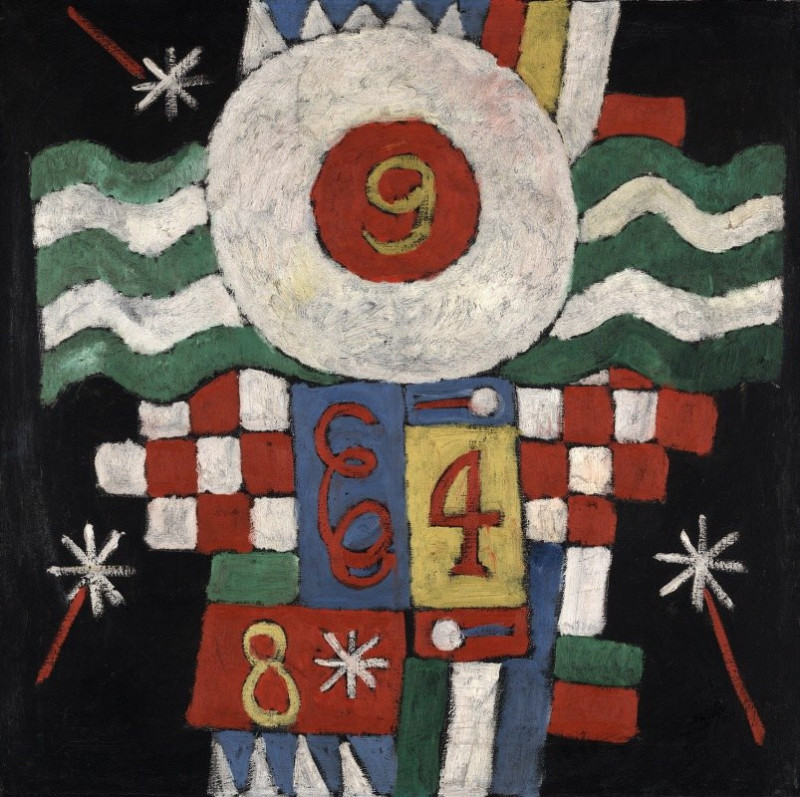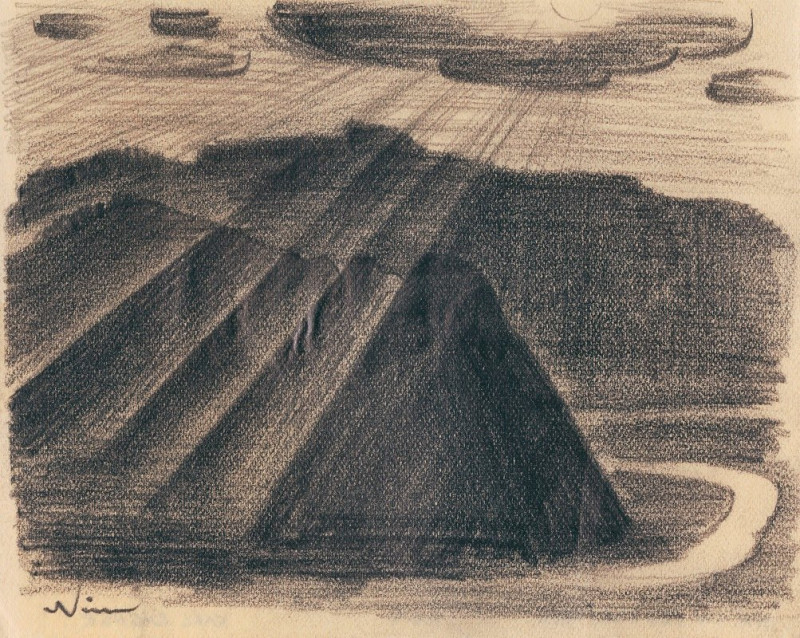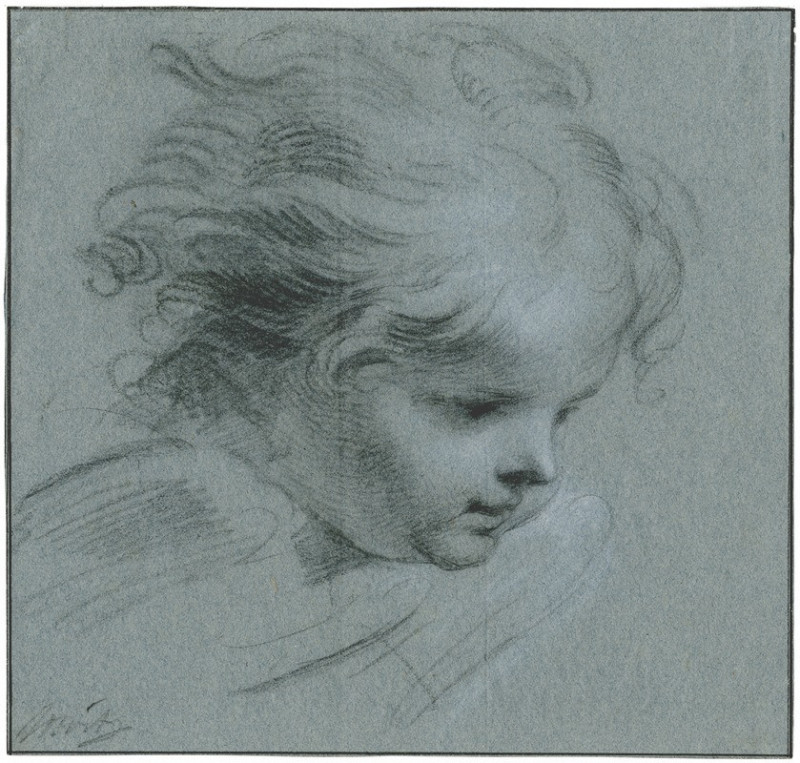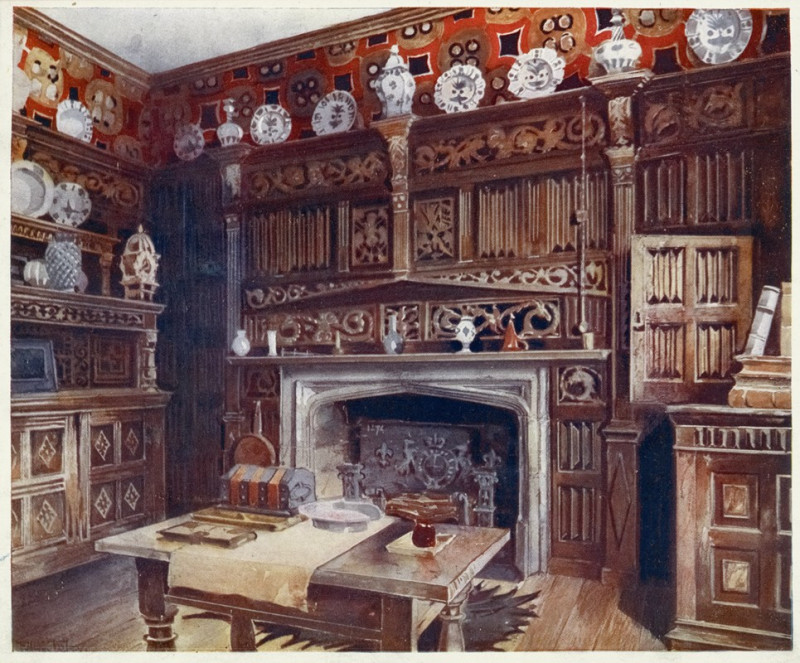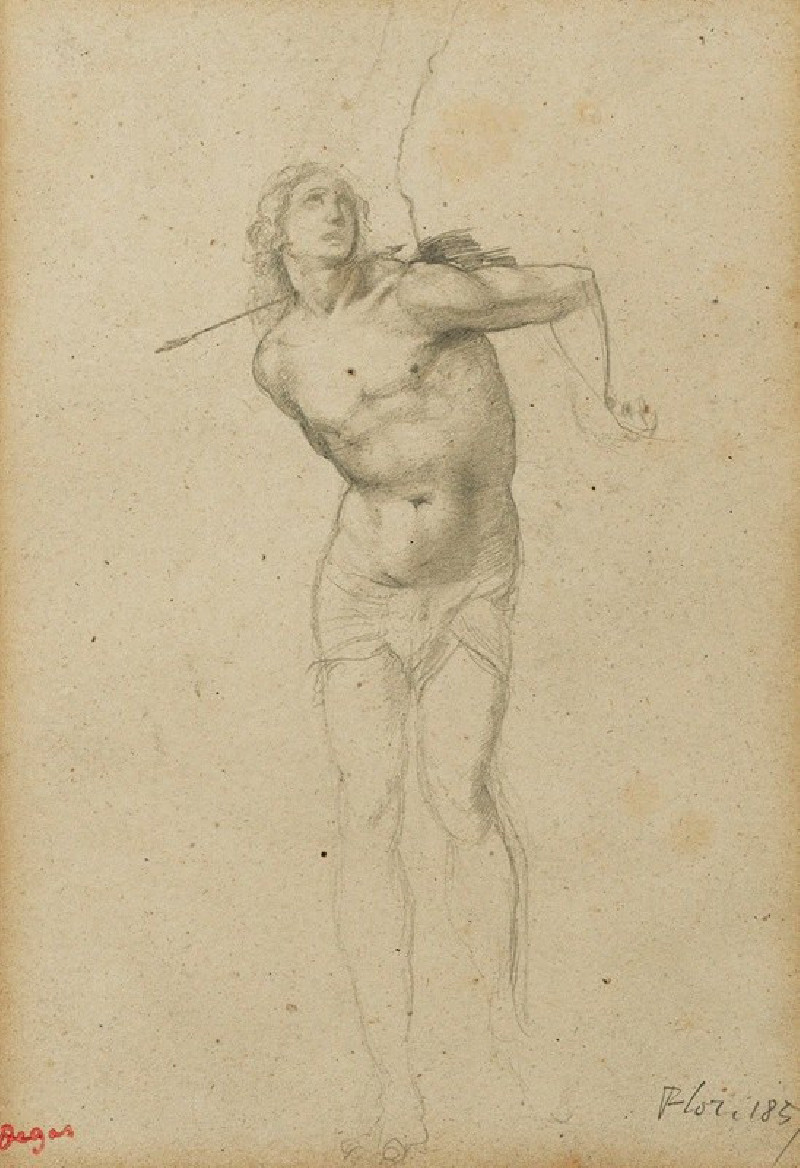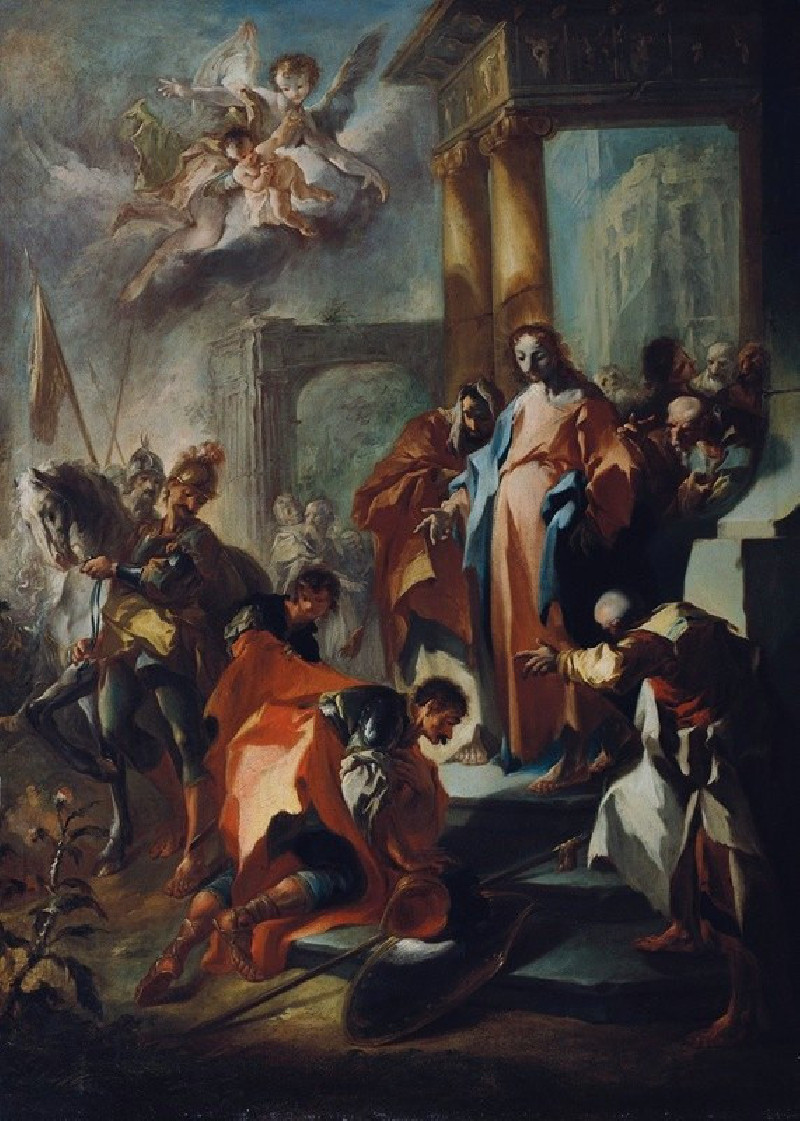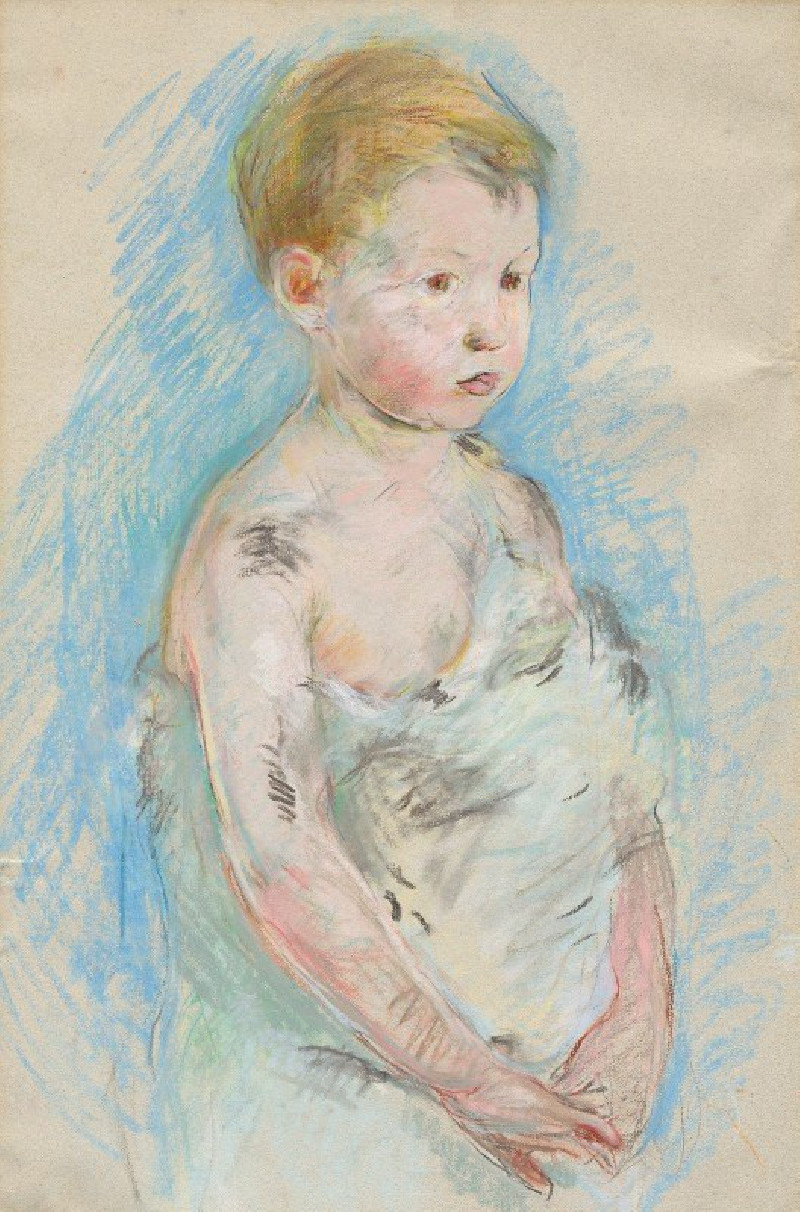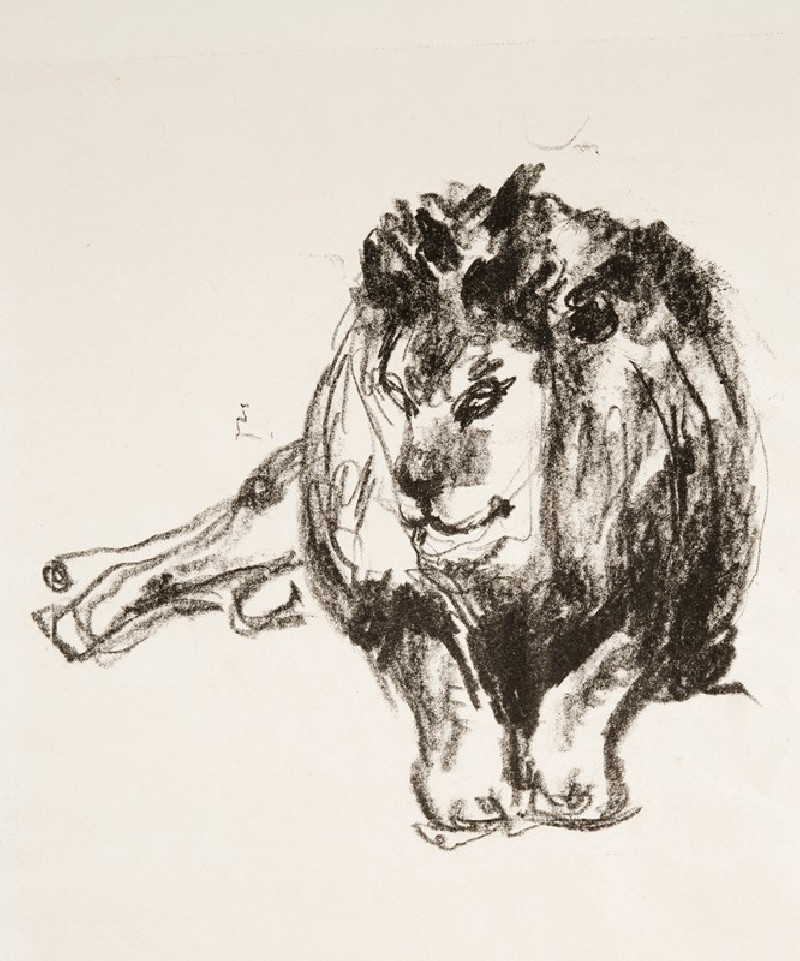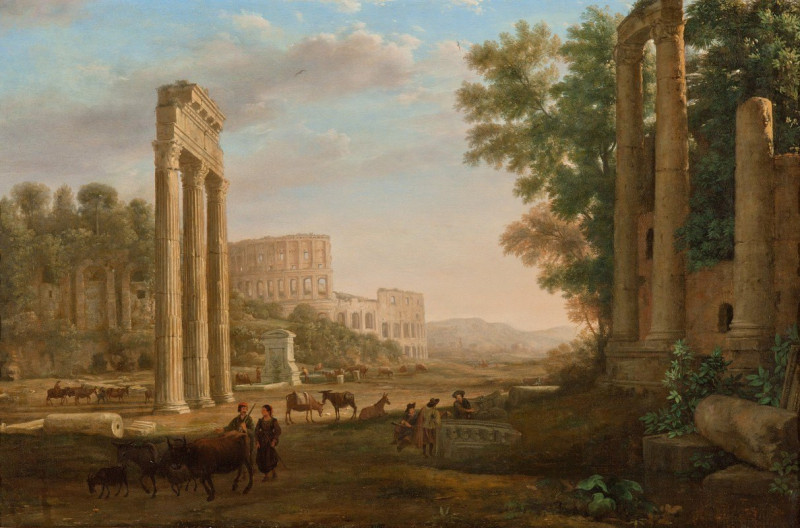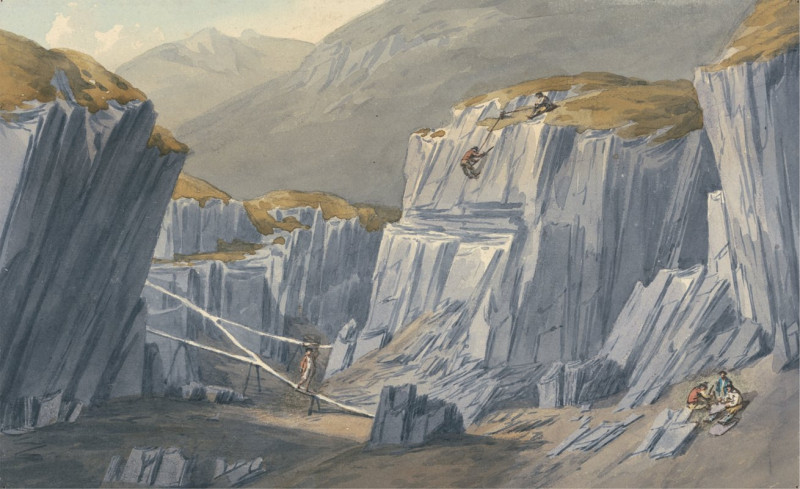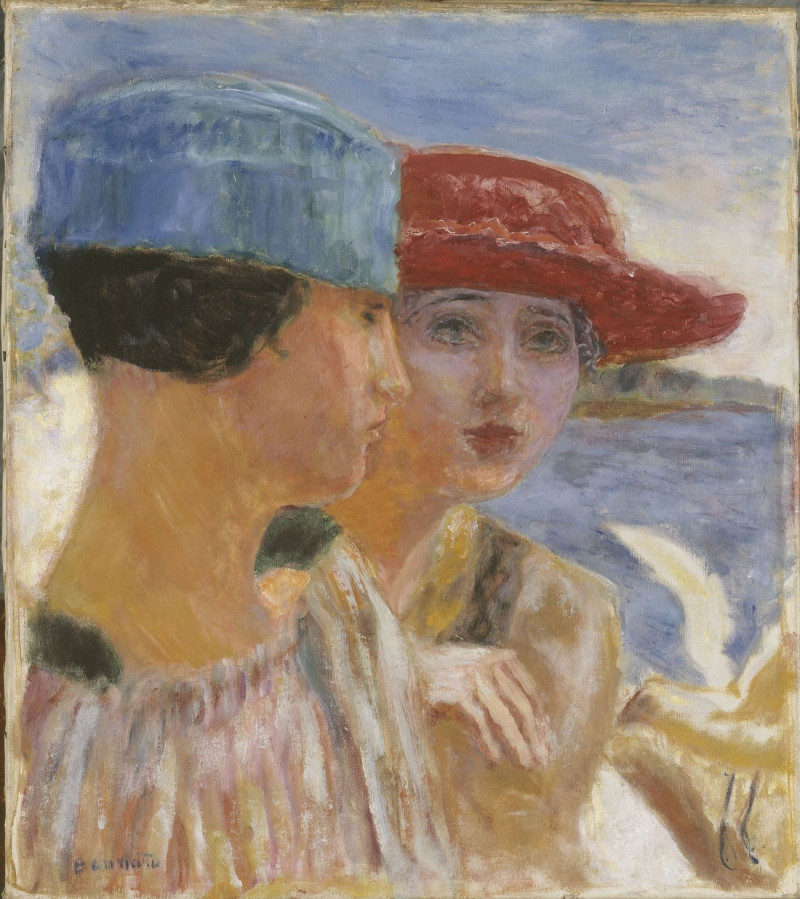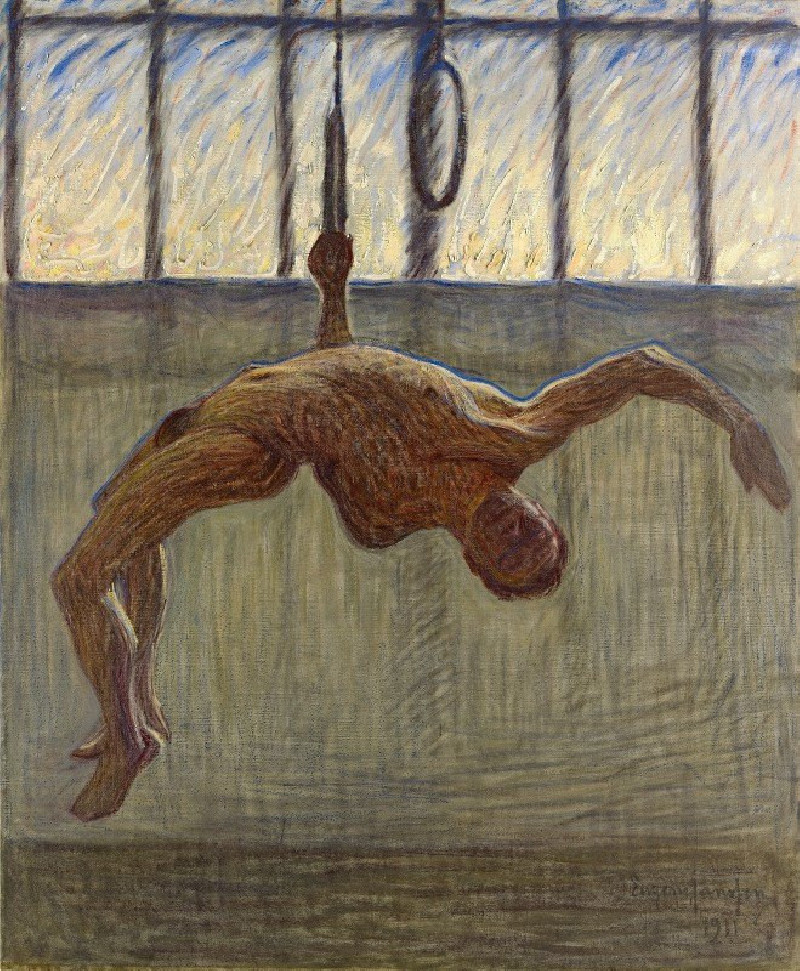White Flower (circa 1917)
Technique: Giclée quality print
Recommended by our customers
More about this artwork
"White Flower" (circa 1917) is a compelling painting by American artist Marsden Hartley, a key figure in early 20th-century American modernism. This artwork masterfully depicts a single, bold white flower standing upright in a rustic orange vase, set against a moody, dark blue background. Hartley utilizes thick, expressive brushstrokes to give the flower texture and dimension, its petals emanating an almost luminescent quality that contrasts starkly with the surrounding darkness. The dark green leaves provide a rich, vibrant frame around the white flower, enhancing its visual impact.The simple elegance of the subject matter, combined with Hartley's profound skill in manipulating light and color, creates a striking visual experience that draws viewers into a moment of stillness and contemplation.
Delivery
Returns
Marsden Hartley (1877–1943) is a Maine native and a leading American Modernist painter, along with his contemporaries, Arthur Dove and Georgia O’Keeffe. He is well-known for employing geometric abstraction as well as bold colors and lines. His paintings depicted imagery of nature, landscapes, figures, and still-life. Sponsored by Alfred Stieglitz, Hartley went to Europe in 1912, spending most of his time in Germany, where he met Gertrude Stein, Wassily Kandinsky, and Franz Marc. After returning to America in 1930, he reconnected with the New England of his childhood and started to portray the landscapes of New England in his paintings.

